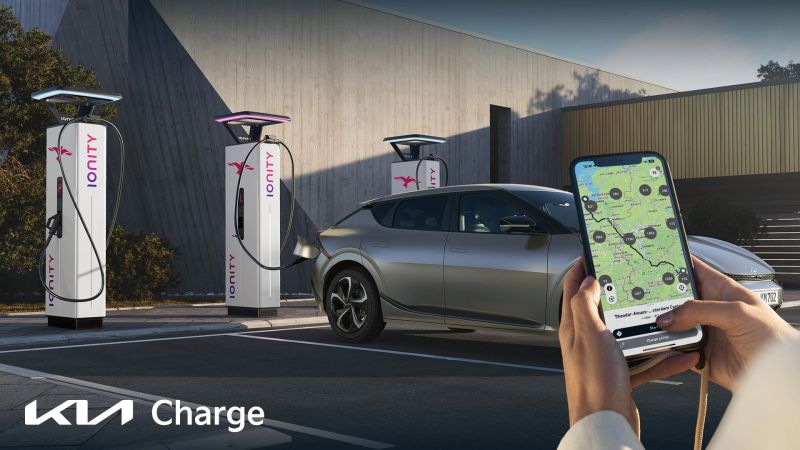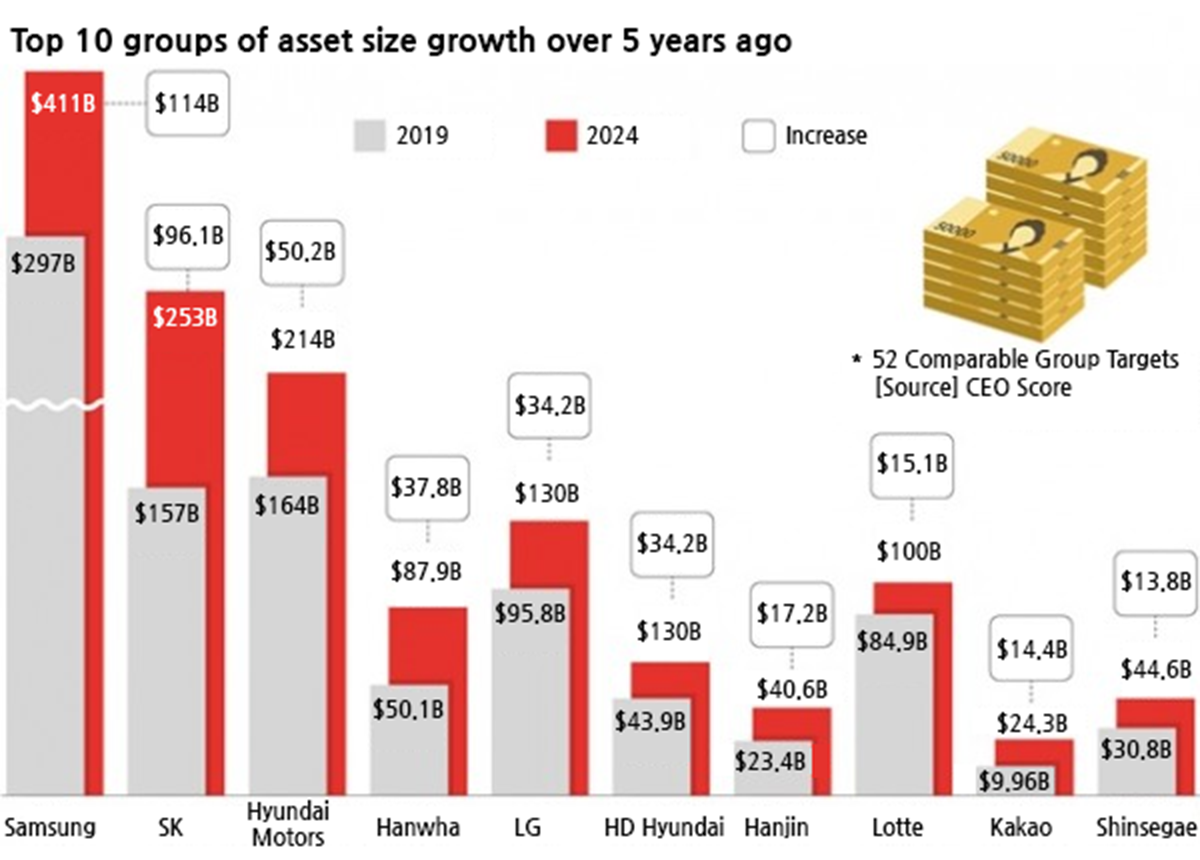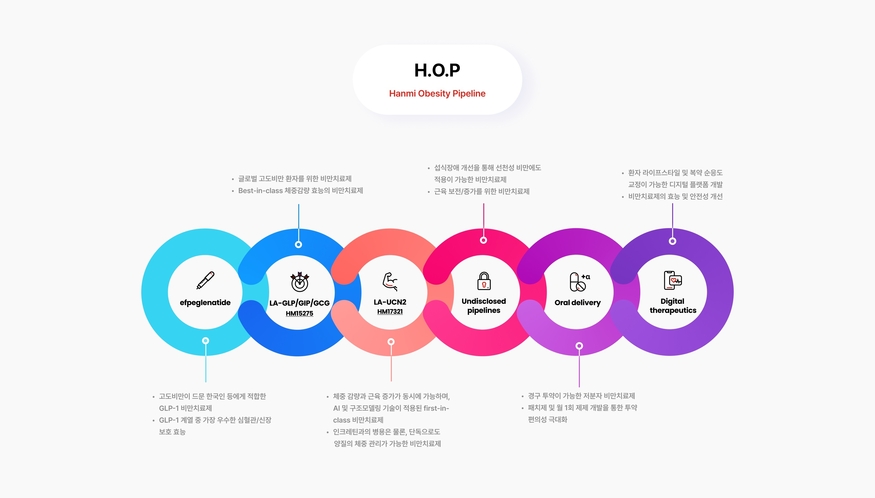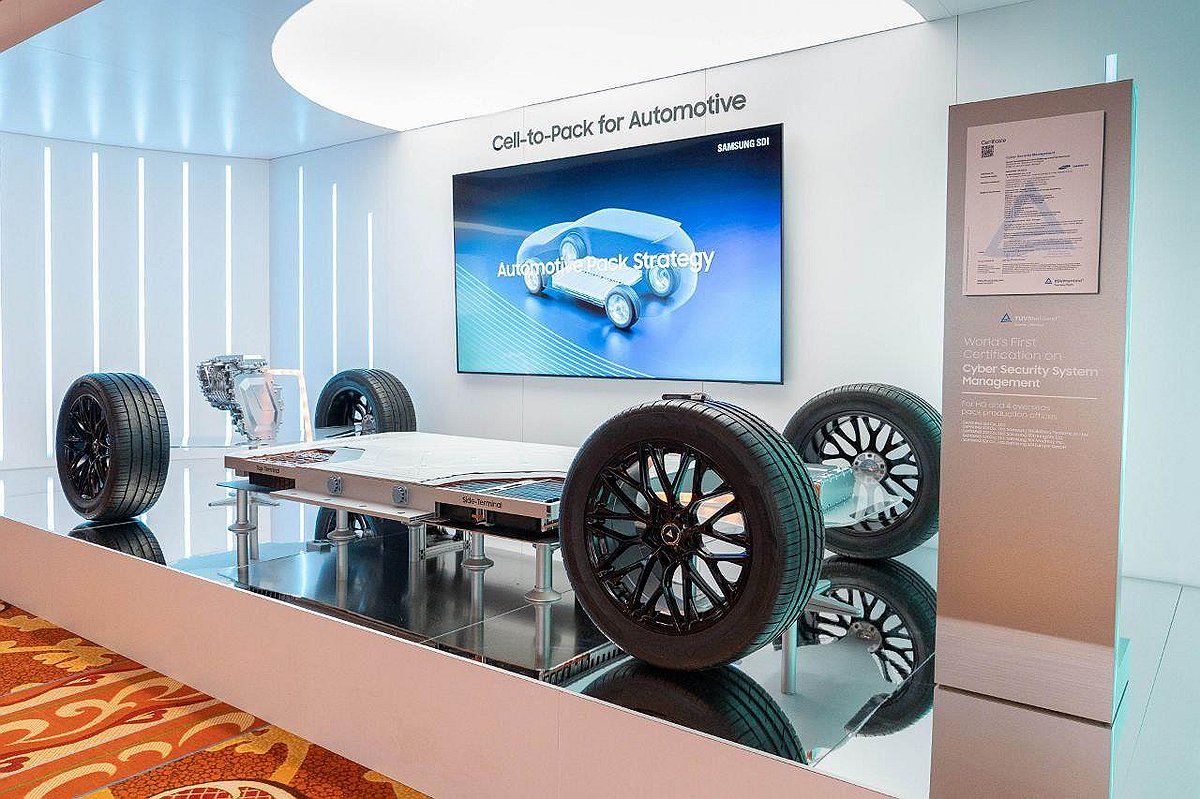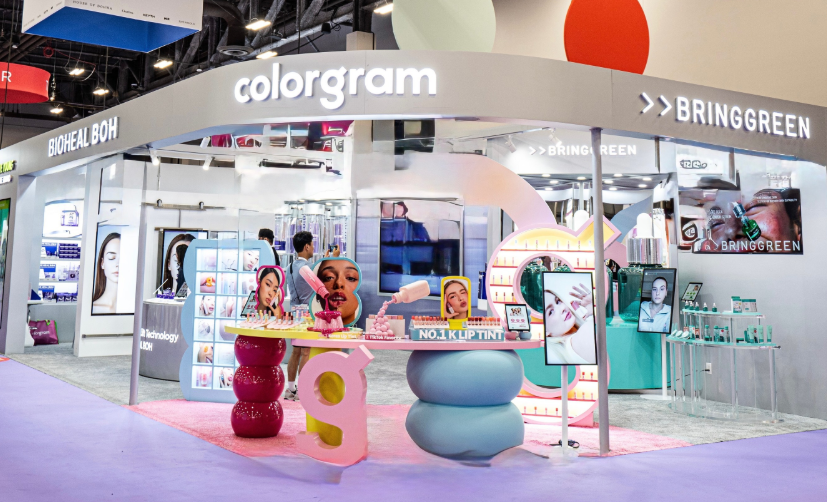
Solid-state lithium-ion batteries, often described as a potential “game-changer” for the electric mobility market, are expected to enter mass production within the next few years and reach commercial application in vehicles after 2030, according to a new report from the Korea Automotive Technology Institute (KATECH).
While solid-state batteries may coexist with conventional lithium-ion batteries for some time before achieving economies of scale, analysts say they could serve as a key catalyst for accelerating electrification across the automotive and broader mobility sectors.
The KATECH report, published on October 27, highlighted the advantages of solid-state batteries, including higher energy density, faster charging, and improved thermal stability, making them significantly safer and more efficient than traditional liquid-electrolyte lithium-ion batteries.
Development of solid-state batteries began over a decade ago, but progress has been slowed by the technical complexity of manufacturing processes and the high cost of production facilities. However, according to the report, competitive support from leading battery nations such as South Korea, China, and Japan has accelerated industry roadmaps, suggesting that small-scale production of compact solid-state batteries could begin as early as 2027–2028, with vehicle applications expected after 2030.
“Considering that automakers typically take two to three years to validate new technologies and the cost-benefit balance of battery integration, initial deployment will likely focus on small consumer electronics before extending to electric vehicles,” the report said.
Solid-state batteries could substantially enhance the adoption of electrification. Current electric vehicles powered by conventional lithium-ion batteries are limited by relatively short driving ranges and long charging times, which have restrained consumer acceptance. The new technology could overcome these limitations, improving performance and accelerating consumer uptake of electric vehicles.
The report also notes that solid-state batteries could enable electrification in sectors where conventional batteries are less practical, including industrial vehicles and aviation.
Nevertheless, analysts caution that achieving overall superiority in performance and cost will require economies of scale. Even after commercialization, solid-state batteries are expected to coexist with traditional lithium-ion batteries for an extended period. Current estimates suggest manufacturing costs are three to five times higher than conventional batteries, though economies of scale in the 2030s could narrow the gap.


